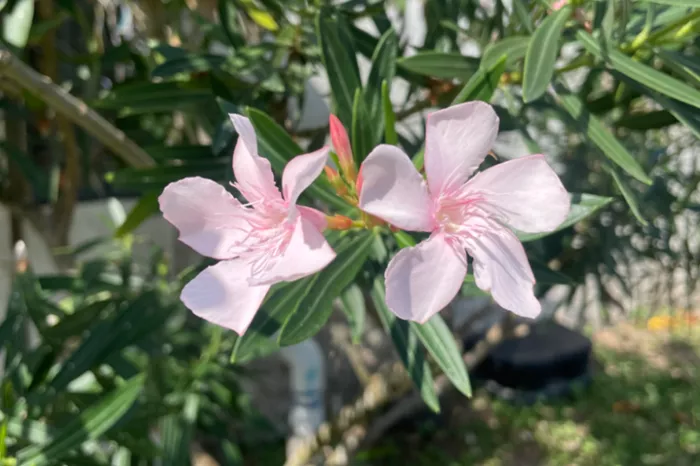A native plant isn’t just any plant growing wild in vacant lots, along rivers, or in dunes. Many of these plants could actually be invasive species from other continents, introduced to the area either intentionally or unintentionally. Once they take root, these non-native species often spread rapidly, crowding out the region’s native plants.
The U.S. Department of Agriculture defines native plants as those that were present in a specific area before European settlement. For example, a plant from the Edwards Plateau is considered a Texas native, but it may not be native to other parts of the state like the Rio Grande Valley (RGV).
True native plants of the RGV have adapted to the unique conditions of the region. They thrive in extreme heat, mild winters, intense sunlight, unpredictable rainfall, and strong winds — even salty coastal air. These plants are built to survive, and once established, they need very little maintenance.
Interestingly, plants from other parts of the world with similar climates can also do well in the Valley. However, native plant advocates emphasize the benefits of using local plants in landscaping. For instance, let’s look at two shrubs: Oleander and Cenizo. Oleander, which is native to the Mediterranean and South Asia, is popular in the Valley because of its fragrant pink flowers. However, despite its beauty, oleander provides no nectar for pollinators like bees. In contrast, Cenizo, a local native shrub, not only produces nectar but also serves as a habitat for two important pollinators — the Theona Checkerspot Butterfly and the Calleta Silkmoth.
Pollinators, such as bees, have evolved alongside native plants. These insects rely on native plants for food and habitat, and their decline is a serious concern. With over 95% of the RGV’s natural habitat lost to agriculture and urban development, many pollinators are now endangered due to the loss of their food sources and living spaces.
So, should we replace all non-native plants with native ones? Experts say no. Instead, they recommend an “80/20” approach — where 80% of your garden is made up of native plants, while the remaining 20% can include non-invasive, non-native species you enjoy. By gradually incorporating more native plants, we can help restore the RGV’s natural habitats and support the health of local ecosystems — one plant at a time.
Related topics:
- Discover Native Plants at El Dorado Nature Center’s Month-Long Sale!
- Exploring Native Plants in Fall and Winter with Morris Garden Club
- Ohio State Trials: Plants Flourish Even Amid Drought Conditions


